The 2025 Pirelli Calendar abandons its erotic iconography to embrace a new aesthetic of the body. No longer an object of desire, the body—refreshed and ‘revealed’ in its nudity—becomes a mirror of a changing society, a hyperreality where the boundaries between real and virtual dissolve. Ethan James Green, the photographer for this edition, captures the essence of an era where images become fluid, and beauty multiplies into infinite forms.
In this hyperreality, where the boundaries between real and virtual are increasingly blurred, the body becomes a medium for a fluid and multifaceted aesthetic.
This return to the roots of the nude, in the context of the Pirelli Calendar, gives us an opportunity for a critical exploration of its journey through art history—a journey marked by masterpieces, controversies, and deep reflections.
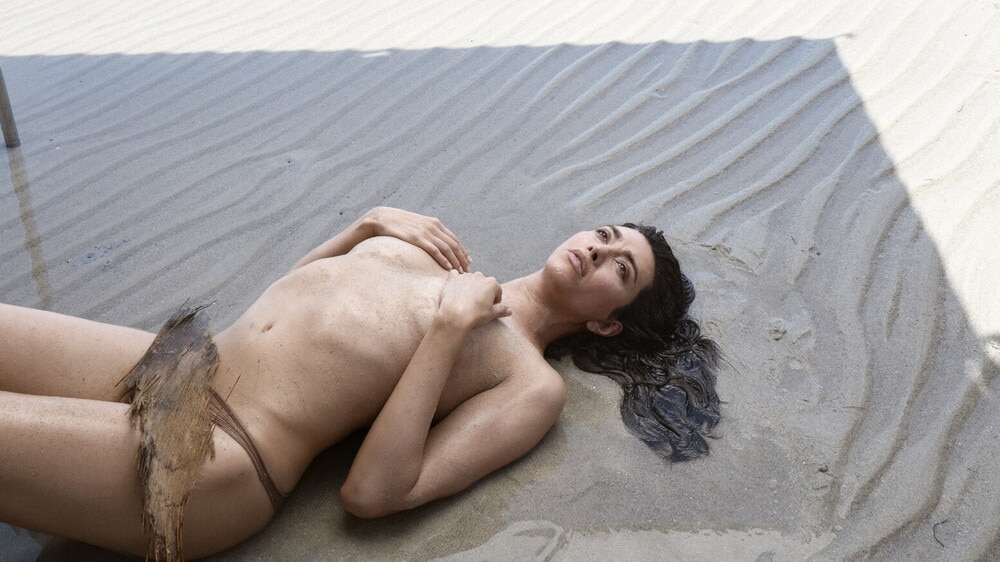
From the earliest artistic expressions, the nude has emerged as a vehicle for the ideal of beauty in every era. The Venus of Willendorf, a small Paleolithic statuette, embodies the archetype of female fertility, celebrated in her generous forms. A powerful image that transcends the mere representation of the body to become a symbol of life and regeneration. With Botticelli’s Venus, the female nude is elevated to an ideal of grace and purity. The goddess emerges from the waters as a celestial being, shrouded in an air of mystery and sanctity. Her delicate, harmonious body is the embodiment of classical beauty, rediscovered and reinterpreted during the Renaissance.
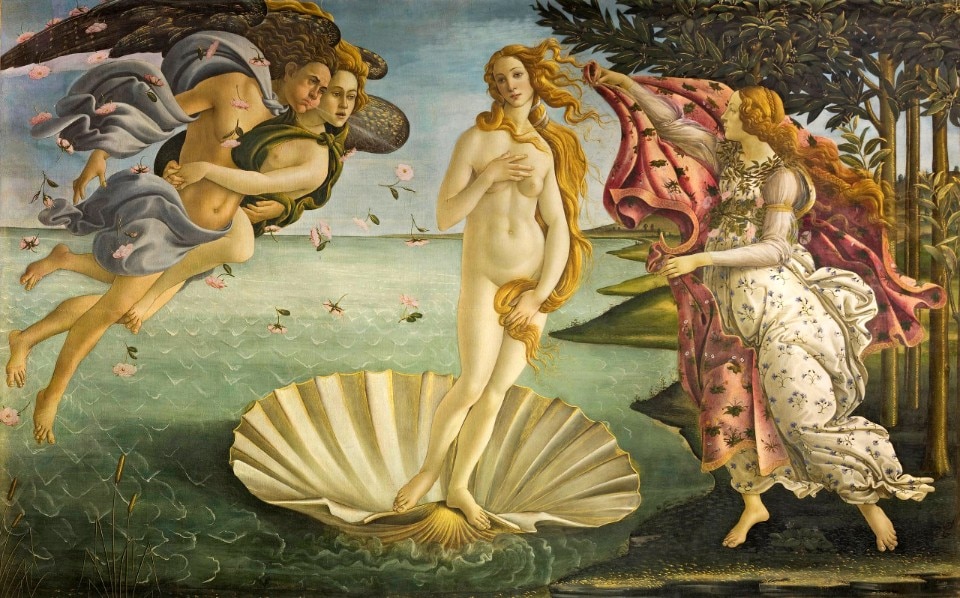
Michelangelo’s David presents another icon of the male nude. His sculpture, imposing and majestic, celebrates the anatomical perfection of man, exalting his strength and vitality. David is a classical hero, ready to face Goliath, but he is also a Renaissance man, aware of his own beauty and potential.
No longer an object of desire, the body - refreshed and ‘revealed’ in its nudity -becomes a mirror of a changing society, a hyperreality where the boundaries between real and virtual dissolve.
Titian, with hisVenus of Urbino, moves away from the canons of idealized beauty to depict a real, sensual, and provocative woman. Titian’s Venus is not an unreachable goddess but a flesh-and-blood woman, looking at the viewer with a winking gaze. This work provoked scandal and admiration, paving the way for a new conception of the nude in art.
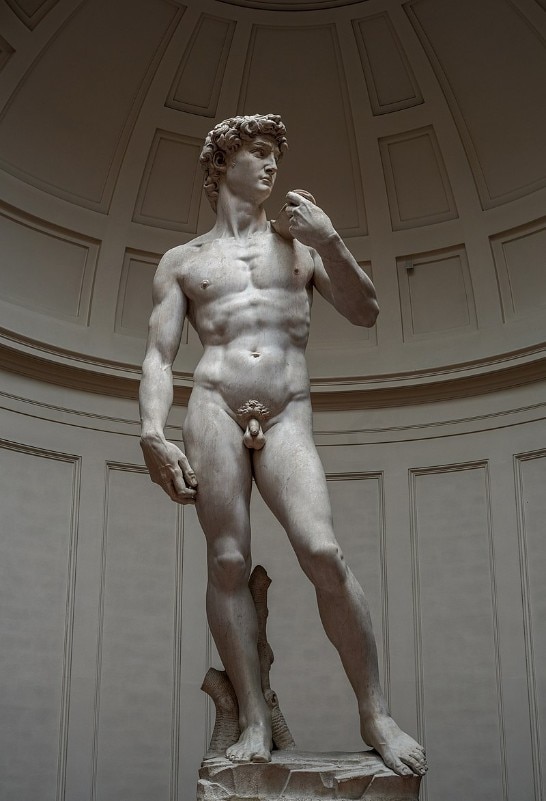
With the rise of modern art, the nude frees itself from academic constraints and becomes a tool of provocation and rupture. Manet, with his Olympia, shocks the bourgeois public with the brazen nudity of a prostitute. The painting, which echoes the pose of Titian’s Venus of Urbino, overturns classical beauty canons, showing us a real woman, unadorned and unashamed.
Courbet, with L’Origine du monde, pushes the boundaries of representation even further, offering an explicit and raw depiction of the female sex. This work shocked the moral standards of its time but also paved the way for a new expressive freedom.
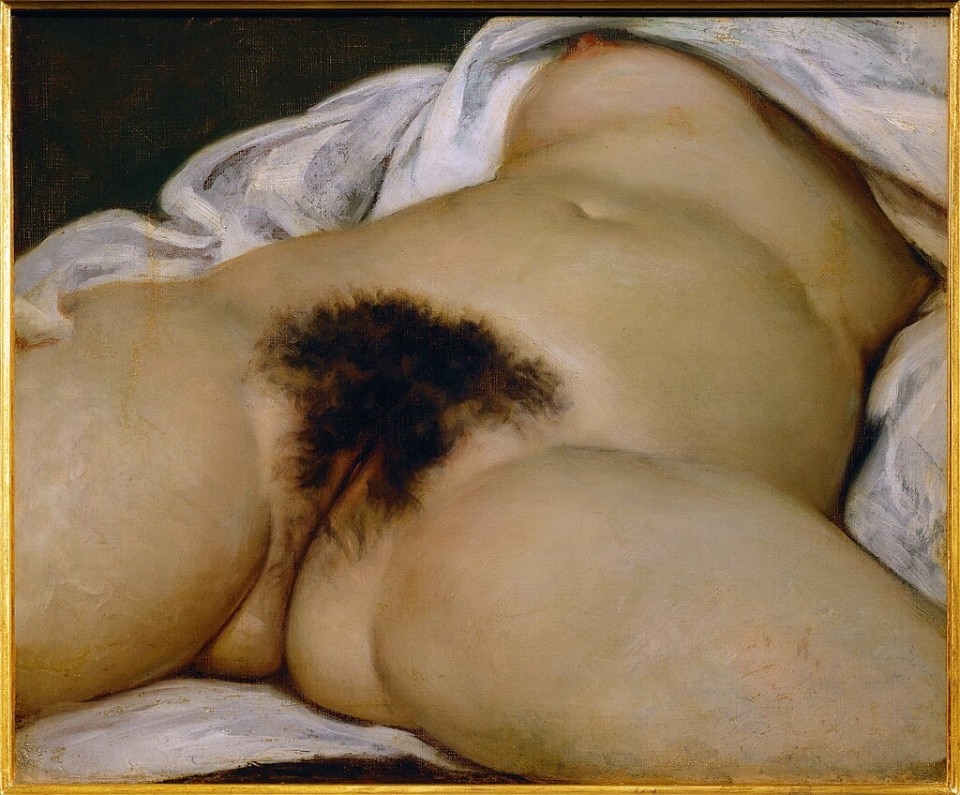
In the 20th century, the nude becomes a witness to the anxieties and contradictions of modern humanity. Egon Schiele, with his emaciated and contorted figures, expresses the existential distress of an era marked by war and a crisis of values. His nudes are fragile, vulnerable figures that seem to cry out their pain and solitude. Lucian Freud, with his hyper-realistic portraits, reveals the body in all its materiality, without embellishment or flattery. His nudes are real people, with their flaws and imperfections, and for this very reason, they are authentic and moving.
In this hyperreality, where the boundaries between real and virtual are increasingly blurred, the body becomes a medium for a fluid and multifaceted aesthetic.
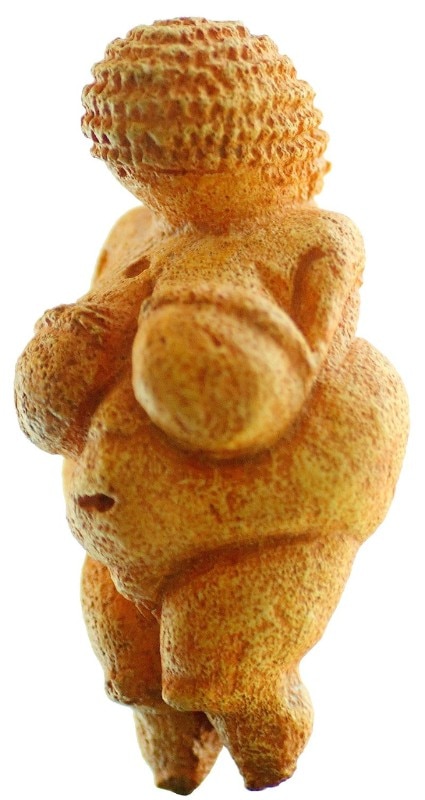
The 2025 Pirelli Calendar fits into this long and complex journey, presenting a vision of the nude that reflects the complexity of our time. Like a hypertext connecting past and present, this new calendar invites us to decode the signs of a new aesthetic, where beauty is manifested in a multitude of forms and identities, without pre-established hierarchies. The nude, freed from the constraints of the past, becomes a language and a thought, a mirror of an evolving society.
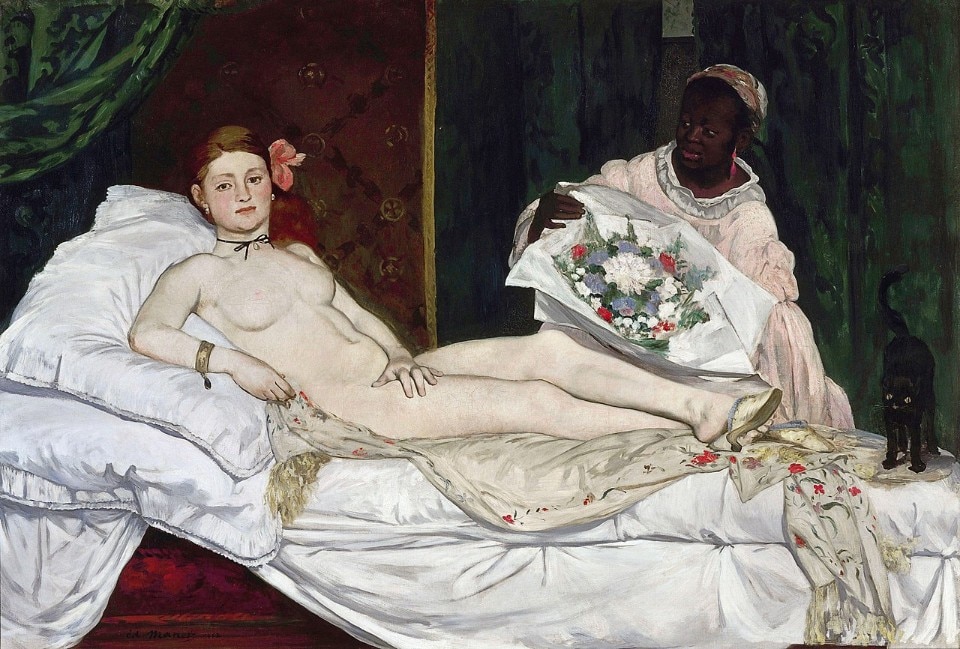
Opening image: Tiziano Vecellio, Venus of Urbino, 1538










